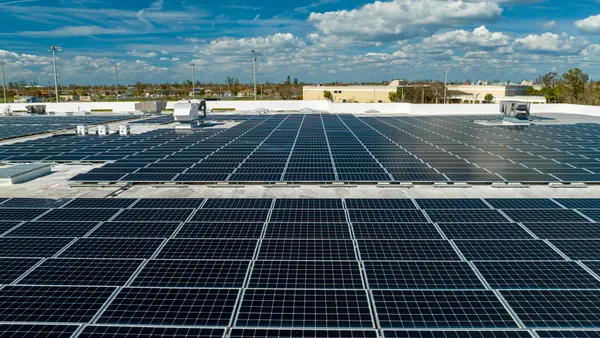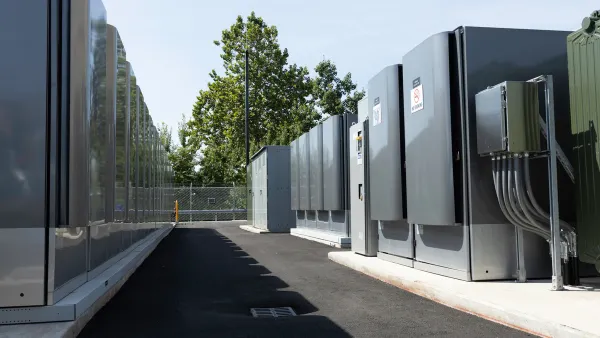Despite significant work by governments around the world to improve energy efficiency, China, along with some other regions, has seen a slowdown in energy intensity improvements, contributing to a lack of global progress on the metric, the International Energy Agency said Wednesday in an annual report on conservation efforts.
Achieving a net-zero global energy sector by 2050 — which IEA says is “essential” to limiting global warming to 1.5 degrees Celsius above preindustrial levels — requires annual energy efficiency improvements to double, from 2% in 2022 to more than 4% annually between now and 2030, according to the report.
But global energy intensity is on pace to improve by just 1.3% this year, IEA said, “well below what is needed to achieve this target.” Energy intensity is the primary metric IEA uses to track global efficiency improvements; it is the quantity of energy required per unit of output or activity.
The report said the lower improvement rate in 2023 reflects stronger energy demand growth.
“The world’s climate ambitions hinge on our ability to make the global energy system much more efficient,” IEA Executive Director Fatih Birol said in a statement. “Doubling energy efficiency progress this decade is critical.”
The United States is on track to post a 4% improvement in energy intensity this year, and the European Union will likely achieve about a 5% gain, according to the report.
U.S. efficiency experts say despite the 4% improvement in energy intensity, “a massive ramp up of programs and policies” is still needed to keep advancing efficiency. A large part of the United States’ improvement in energy intensity this year is due to temperature fluctuations and high gasoline prices, Steven Nadel, executive director of the American Council for an Energy-Efficient Economy, said in an email.
“Fortunately, recent efforts such as enactment of the Inflation Reduction Act and implementation of many new appliance standards in coming years will help, but much more will be needed,” Nadel said.
Despite elevated energy savings in the U.S. and Europe, IEA found “a strong post-pandemic resurgence in China’s economic growth of around 5% is forecast in 2023, along with a similar rebound in energy demand.” Those estimates suggest “the overall level of energy intensity in China is not expected to change this year.”
It takes more energy to fuel gross domestic product in China than in the U.S. or European Union, IEA said, and “this shift in the balance of economic activity ... helps explain the slowdown in global energy intensity progress in 2023.”
There is a “strong global focus among policy makers” on energy efficiency, IEA said, However, “efficiency policy momentum builds, but global energy intensity progress slows.”
Ultimately, efficiency is needed to address climate change, facilitate the transition to renewable energy, and help address affordability concerns, IEA said. “Faster action on energy efficiency means more avoided energy demand, which is essential to accelerating the substitution of fossil fuels for renewable energy,” according to Wednesday’s report.
Schneider Electric and Enel echoed IEA’s call for greater focus on energy efficiency.
"Balancing investment in renewables with energy efficiency and the reinforcement of the grid is fundamental for the energy transition,” Frédéric Godemel, Schneider Electric France’s executive vice president of power systems and services, said in a statement.
There are two major trends shaping power grids today, according to Director of Enel Grids and Innovability Gianni Armani.
"On the one hand, the energy transition involves increasing electrification of consumption, alongside the growth of renewable energy production, especially distributed generation,” Armani said. "On the other, climate change poses new threats to infrastructure and requires investments and new regulatory frameworks for grid planning and development."














